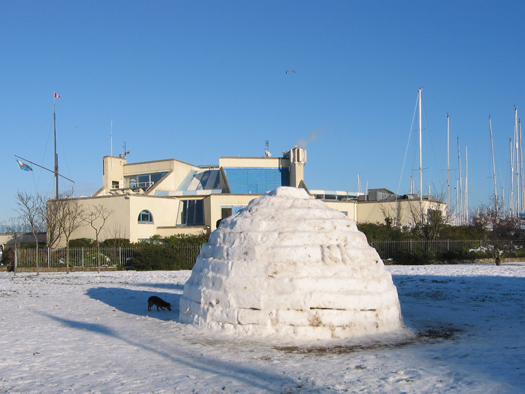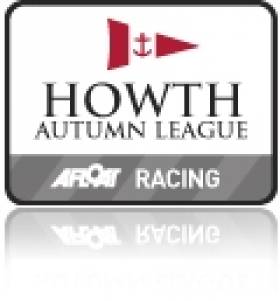Displaying items by tag: Dublkn
Controversy Over New Howth Building
A new building has appeared overnight beside Howth Yacht Club during the Christmas period, and a row is simmering as to whether it has full planning permission. Sailors Declan MacManus and Robert Kerley, leaders of the construction team, anticipate receiving full retrospective planning permits. In fact, they hope that it will soon become a listed building, as it is a cool re-creation of the famous monastic beehive cells on Skellig Michael, and is also an important interpretation of the classic Inuit vernacular style traditional to Arctic regions.
With Ireland now expected to enter a new mini-Ice Age by 2035, they also anticipate that the Government's Emergency Response Committee will wish to retain them as consultants for future building projects. The new house is tastefully if sparsely furnished with IKEA's Fishbox Range, which is being introduced for 2011. It provides an unusual and comfortable venue to add to Howth's many bustling hospitality hotspots.
A representative of the local planning authority has reportedly said that they are putting the matter of planning permission on ice until after the holidays, and they expect that in due course the matter will simply melt away to provide an Irish solution to an Irish problem.

Howth YC is concerned about this new building which has suddenly appeared – without planning pemission - beside the clubhouse

Fully furnished, the new building is the centre for the training of a team of unique Mini Jack Russell Huskies





























































